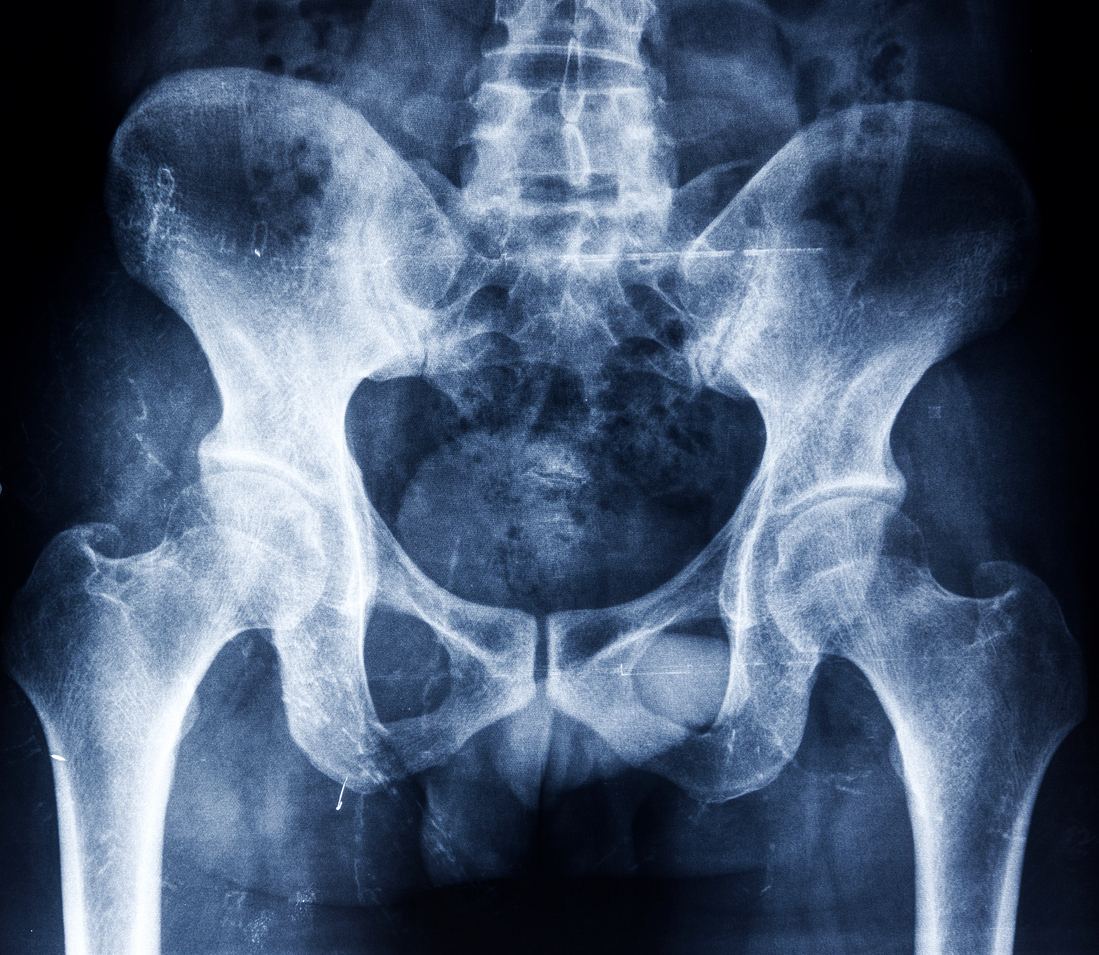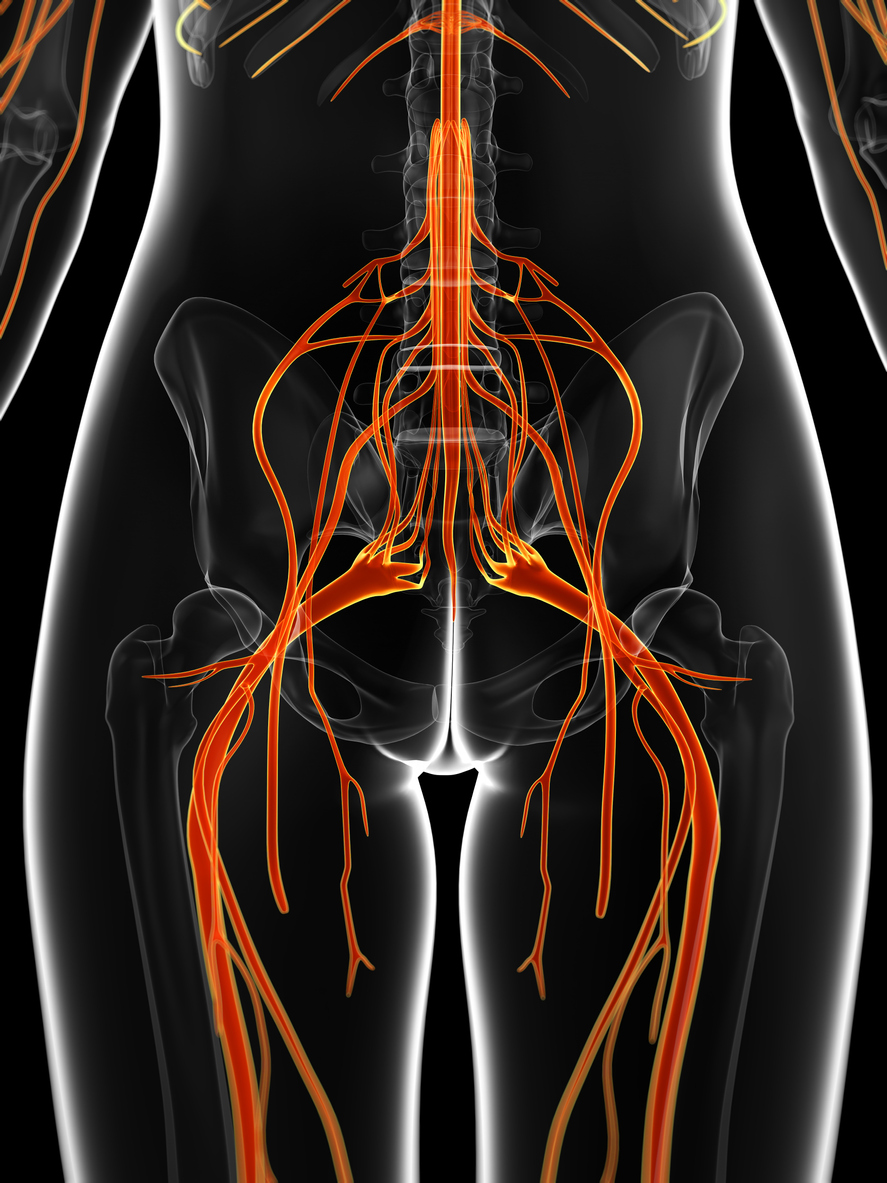Pain
Diagnosing Meralgia Paresthetica

What is meralgia paresthetica?
Meralgia paresthetica, also known as Bernhardt-Roth syndrome, is a condition that involves compression of the lateral femoral cutaneous nerve. The lateral femoral cutaneous nerve provides sensation to the skin along the front and outer-side of the thigh. It is a large nerve that originates at the spinal cord in the lower back and extends through the pelvis and groin to the upper thigh. This nerve only affects sensation and does not impact muscle activity.
Diagnosing meralgia paresthetica
The diagnosis of meralgia paresthetica involves gathering and evaluating a medical history, and performing a physical examination. Blood tests, imaging tests, or diagnostic nerve blocks may be included. Additional testing may be performed to rule out other conditions.
Medical history
A health care professional will gather and evaluate a medical history. This includes medical and surgical history and detailed symptoms.
Physical examination
A physical exam may include tracing the exact location of pain and numbness. Strength testing, reflex testing, and sensation testing of the affected thigh can help with making a proper diagnosis of meralgia paresthetica. A pelvic compression test will likely be completed, which involves applying pressure on the thigh. This helps rule out other causes of symptoms.
Blood tests
A blood test may be ordered to rule out other conditions. It can check for the following:
- Hypothyroidism
- B vitamin levels
- Lead levels
- Blood glucose
- Hemoglobin or hematocrit
Imaging tests
Certain imaging tests may include an X-ray of the pelvis or thigh. This can rule out a tumor. A computed tomography (CT scan) or magnetic resonance imaging (MRI) scan can look for nerve or spinal problems that are causing the symptoms.
Other tests
Additional tests may be needed to rule out other conditions that could be causing the symptoms. This may include an electromyography (EMG) to measure the electrical discharges produced in muscles. A nerve conduction study can diagnose damaged nerves. A comparison of the nerve on each side of the thigh may be performed. A diagnostic nerve block can determine if pain is reduced when an anesthetic is injected into the affected area of the thigh.












